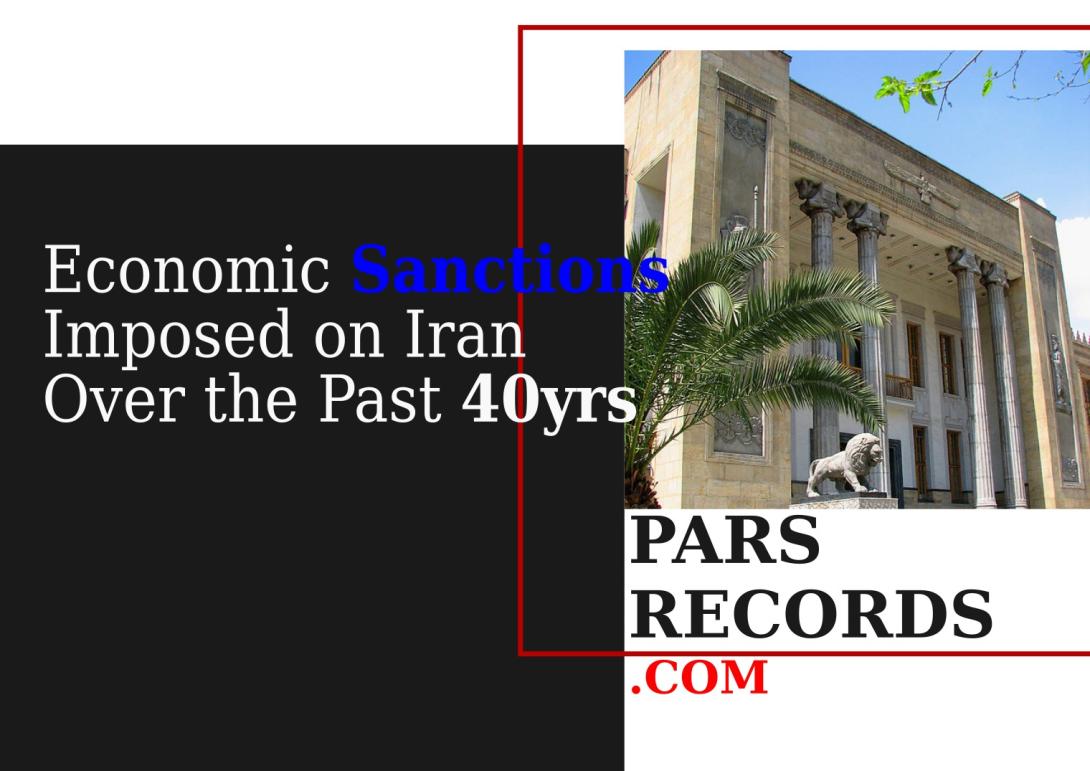Below is a comprehensive overview of the economic sanctions imposed on Iran over the past roughly forty years (since around 1985), focusing on their wide-ranging economic, political, social, and humanitarian impacts. The timeline highlights key periods of sanctions, their effects, and Iran’s responses.
1. Economic Impact Over Time
Post-1979 Revolution and Early Years
- The overthrow of the Shah in 1979 led to sweeping U.S. sanctions that disrupted oil revenues and access to international banking.
- The Iran–Iraq War (1980–88) deepened economic strain, amid existing sanctions and widespread political instability.
The First Major Wave: Sanctions I (2012–2015)
- Sanctions were heightened in response to Iran’s nuclear program.
- Over this 4‑year period:
- GDP output dropped by approximately 25%.
- Oil income fell by $237 billion.
- Foreign direct investment (FDI) declined by $20 billion.
- Inflation jumped by an additional 13.5 percentage points annually.
- Private consumption fell by about 8%, and private investment dropped 28%
- GDP per capita in PPP terms declined by about 30% between 2012 and 2019
Sanctions II (2018–2019 and beyond)
- Following the U.S. withdrawal from the JCPOA in 2018, sanctions intensified.
- Over those two years:
- Output loss around 20%.
- Oil income losses of $80 billion.
- FDI declined by $12 billion.
- Inflation increased by 24 percentage points annually.
- Private consumption fell nearly 9.8%, and investment fell about 6.8%
- Broader data show continued shrinkage: in 2020, the Iranian economy contracted by 4.99%, compared to growth of 12.5% in 2016 post‑JCPOA
- As of December 2024, Iran is experiencing the deepest ongoing economic crisis in modern history: inflation over 40%, the rial the least valuable currency globally, poverty rates between 27–50%, widespread malnourishment, and mass unemployment or underemployment, especially among young adults.
Long-term Trends
- Historical GDP per capita peaked around 1976, fell 54% by mid‑1980s, stagnated later in the 20th century, showed modest growth from 2000 to 2011, and stagnated or shrank again after 2011 amid sanctions.
- Even when sanctions are lifted, the economic damage—including lost productivity, eroded capital, and deferred reforms—means recovery is slow and incomplete.
2. Humanitarian & Social Impacts
Health and Healthcare Systems
- Sanctions have significantly constrained Iran’s ability to import essential medicines and equipment due to blocked financial channels, despite humanitarian exemptions. This has compromised health services and raised out-of-pocket spending and mortality from diseases like COPD, hypertension, and thalassemia.
- Despite sanctions, Iran achieved improvements in health indicators over past decades: life expectancy rose, and infant/maternal mortality declined, thanks in part to a strong primary healthcare network. However, six million Iranians with communicable or noncommunicable diseases still face serious access barriers.
- Cancer care has been particularly affected: delays, shortages of therapies, lack of access to modern diagnostics and medicines, and increased adverse outcomes, disproportionately hurting lower-income groups.
- Vulnerable patients—including children with rare conditions, haemophiliacs, and AIDS/HIV patients—have faced elevated mortality due to medicine shortages.
- During the COVID‑19 pandemic, sanctions hindered testing, vaccine imports, and medical response, severely worsening the country’s health crisis.
Food Prices and Inflation
- Sanctions targeting oil and banking have hampered foreign currency inflows, increasing costs of food and agricultural inputs (seeds, fertilizers, machinery), raising production and import costs, and curbing supply chains—all contributing to sharp spikes in food inflation.
- Between 2014–2024, the rial lost around 37% of its value, further raising food prices and destabilizing livelihoods.
Traditional Industries and Employment
- Iran’s historic rug-weaving industry in Kashan saw a collapse in exports—from over $2 billion to under $50 million—due to tourism decline and payment barriers. Weavers now earn as little as $4 per day.
- High inflation, currency collapses, rising unemployment, and job insecurity have hollowed out the middle class. Real wages in sectors like oil, health, and education plunged 22–26% from 2017 to 2020
- Intellectual and professional emigration after the Revolution cost Iran an estimated $80–120 billion in lost human capital.
3. Political & Strategic Impacts
- Sanctions reinforced hardline and conservative factions in Iran, who framed economic adversity as proof of foreign hostility and rallied nationalist sentiments. The government advanced a "resistance economy"—prioritizing self‑sufficiency and domestic production.
- Iran sought to diversify trade and financial ties, especially with China and Russia, to bypass Western restrictions.
- As sanctions damaged oil exports and revenue streams, alternative tactics—such as oil smuggling—emerged. Iran reportedly discounts illicit oil by $10–20 per barrel and loses billions in refueling smuggled subsidized fuel, further draining state resources.
4. Iran’s Adaptive Responses & Resilience
- Self‑sufficiency strategies: Stretching from agriculture to pharmaceuticals and tech:
- Wheat output rose from ~12 million tons in 2017 to ~14 million in 2023.
- Car production rose from ~1 million in 2017 to ~1.2 million in 2023.
- Domestic pharmaceutical production increased to ~90% by 2023 (from ~50% before sanctions).
- High-tech startups—esp. in biotech and AI—grew ~20% annually since 2018
- Healthcare infrastructure: Iran’s emphasis on primary health care helped maintain certain health gains despite sanctions.
- Political unity: Even amid protests, sanctions often strengthen hardline narratives, framing resilience as resistance.
Summary Table
| Dimension | Impact Highlights |
|---|---|
| Economic | Severe GDP, oil revenue, and FDI losses; inflation in the double digits; deep recession and persistent stagnation. |
| Humanitarian | Medicine shortages, health system strain, food inflation, increased poverty, collapse of traditional livelihoods. |
| Political | Empowered hardliners, reinforced rhetoric of external threat, and adoption of self-sufficiency and external alliances. |
| Adaptive Response | Growth in local production, tech innovation, and strategic economic diversification. |
Key Takeaways
Sanctions over these decades have profoundly reshaped Iran’s economy and society. Early disruptions to oil exports and banking cascaded into decades-long stagnation. Health and food security deteriorated, with civilians—particularly the vulnerable—bearing the brunt. Yet, Iran has demonstrated resilience, scaling up domestic sectors and seeking multipolar alliances. Still, structural damages in human capital, infrastructure, and societal well-being linger, complicating future recovery.
PARSRECORDS.COM


Comments